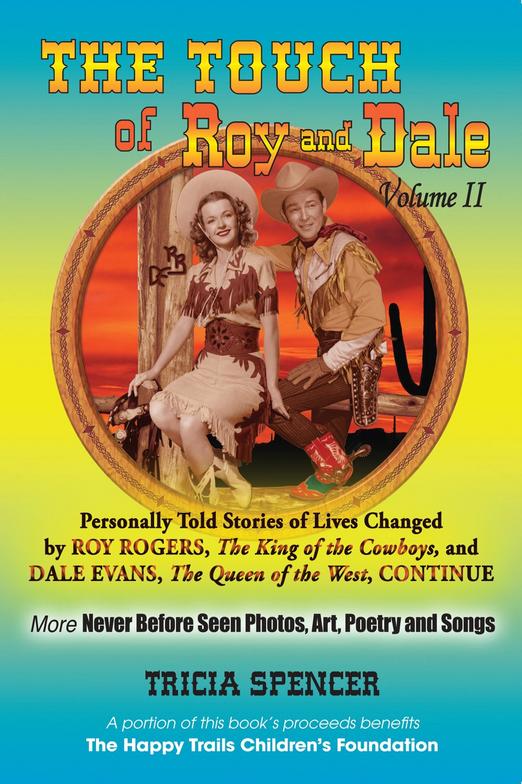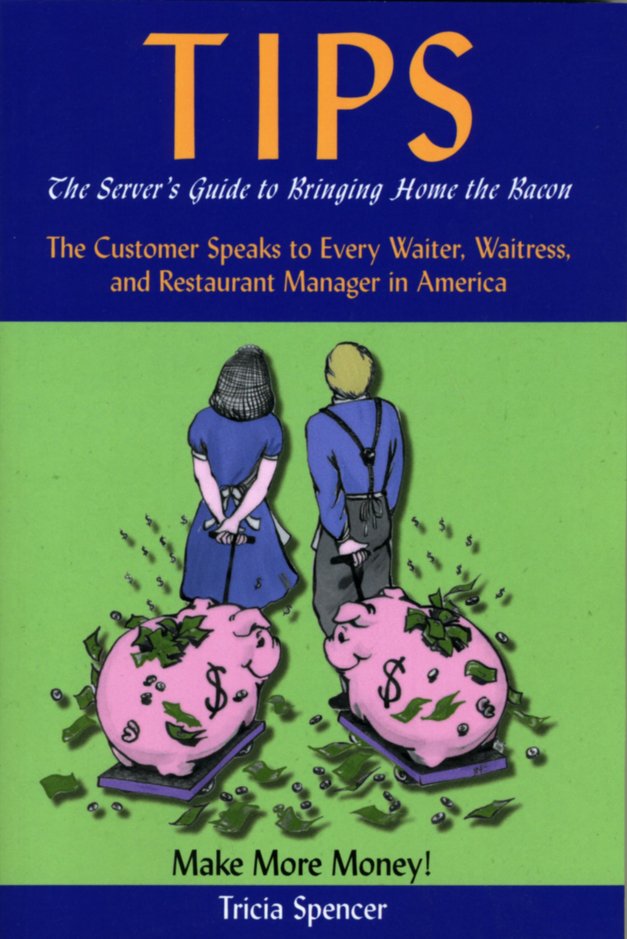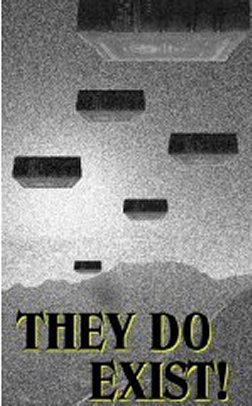Mortgage Loan Modification - Prevent Foreclosure
How to Utilize the New Fannie Mae or Freddie Mac Modification Plan
The new Home Affordable Modification program from Fannie Mae and Freddie Mac is designed to help distressed homeowners prevent foreclosure.
In a program designed to move quickly and prevent underwater homeowners from imminent foreclosure, loans secured by Fannie Mae or Freddie Mac can now be modified if certain criteria are met.
Basic Requirements to Qualify for Modification
A loan modification is not the same as a loan refinance, and while refinance programs are in place for homeowners in arrears, the new Fannie Mae and Freddie Mac loan modification program is geared toward borrowers who are current with their mortgage payments. For the purpose of these loan modifications, current is described as not having more than one payment 30 days past due in the last 12 months.
Other requirements:
• The loan must be Fannie Mae or Freddie Mac secured.
The loan must be Fannie Mae or Freddie Mac secured.
• The home must be the borrower’s primary residence.
The home must be the borrower’s primary residence.
• The amount owed on the first mortgage must not exceed $729,750.
The amount owed on the first mortgage must not exceed $729,750.
• The mortgage debt must not be more than 50 percent more than current home value.
The mortgage debt must not be more than 50 percent more than current home value.
• There must be a verifiable hardship such as loss of wages or catastrophic medical bills.
There must be a verifiable hardship such as loss of wages or catastrophic medical bills.
• The first mortgage must have been obtained before January 1, 2009.
The first mortgage must have been obtained before January 1, 2009.
Information Needed to Initiate Loan Modification
If a borrower meets the basic requirements, he or she may apply for a loan modification. Required information to begin the process includes:
• Gross monthly household income verified by recent pay stubs and documentation of other income
Gross monthly household income verified by recent pay stubs and documentation of other income
• The most recent tax return
The most recent tax return
• Information regarding assets
Information regarding assets
• Details of a second mortgage if one exists
Details of a second mortgage if one exists
• All account balances on credit card debt including minimum monthly payments
All account balances on credit card debt including minimum monthly payments
• Account balances on car loans, student loans and unsecured debt including minimum monthly payments
Account balances on car loans, student loans and unsecured debt including minimum monthly payments
• A hardship letter that details what caused an income reduction or other financial burden
A hardship letter that details what caused an income reduction or other financial burden
Who to Contact to Apply for a Loan Modification
Though a loan may be held by Fannie Mae or Freddie Mac, a request for a loan modification must be made through the first mortgage loan servicer. The loan servicer is the company who receives the monthly mortgage payments. Contacting the company by phone and asking to be considered for a Home Affordable Modification is the fastest way to initiate an application. The servicer will forward a package with instructions and forms to be completed.
Resources for Assistance
The opportunity for fraud is greater when economic conditions are poorer. The government has warned that some companies are attempting to defraud homeowners by offering assistance in the refinance or modification process. Dealing only with resources approved by the government may prevent costly mistakes.
The following organizations offer free information:
• Homeowner’s HOPE Hotline (888) 995-HOPE offers Hud-approved housing counselors to help homeowners understand their options.
Homeowner’s HOPE Hotline (888) 995-HOPE offers Hud-approved housing counselors to help homeowners understand their options.
• The government’s Financial Stability website provides up-to-date information on the Fannie Mae and Freddie Mac loan refinance and loan modification programs.
The government’s Financial Stability website provides up-to-date information on the Fannie Mae and Freddie Mac loan refinance and loan modification programs.
Cross-verifying any information learned from a mortgage servicer, housing counselor or information website will assure that the loan modification process is conducted properly.
After the Application
Once the borrower’s information has been supplied and the application initiated, a waiting period will ensue. Calling to check on an application’s progress is acceptable but frequency should be limited.
Should the modification be approved, credit counseling may be required. Any modification will begin with a three-month probationary period, and loan modification documents will be executed following the probation if payments are timely.
Fannie Mae and Freddie Mac loan modifications will have a lifespan of five years at which time interest rate increases can be expected.
Requests for modification must be received by June of 2010.
Due diligence is warranted. Even if basic qualifications are not met, it is prudent to ask the mortgage loan servicer if there are any changes the borrower can make to facilitate qualification.
Sources:
FinancialStability government site
US Department of Housing and Urban Development
Homeownership Preservation Foundation
Fannie Mae
Freddie Mac
The copyright of the article Mortgage Loan Modification - Prevent Foreclosure is owned by its author, Tricia Spencer.
Permission to republish any part of the article in print or online must be granted by the author in writing.
Archives
Life and Living
with Tricia Spencer









